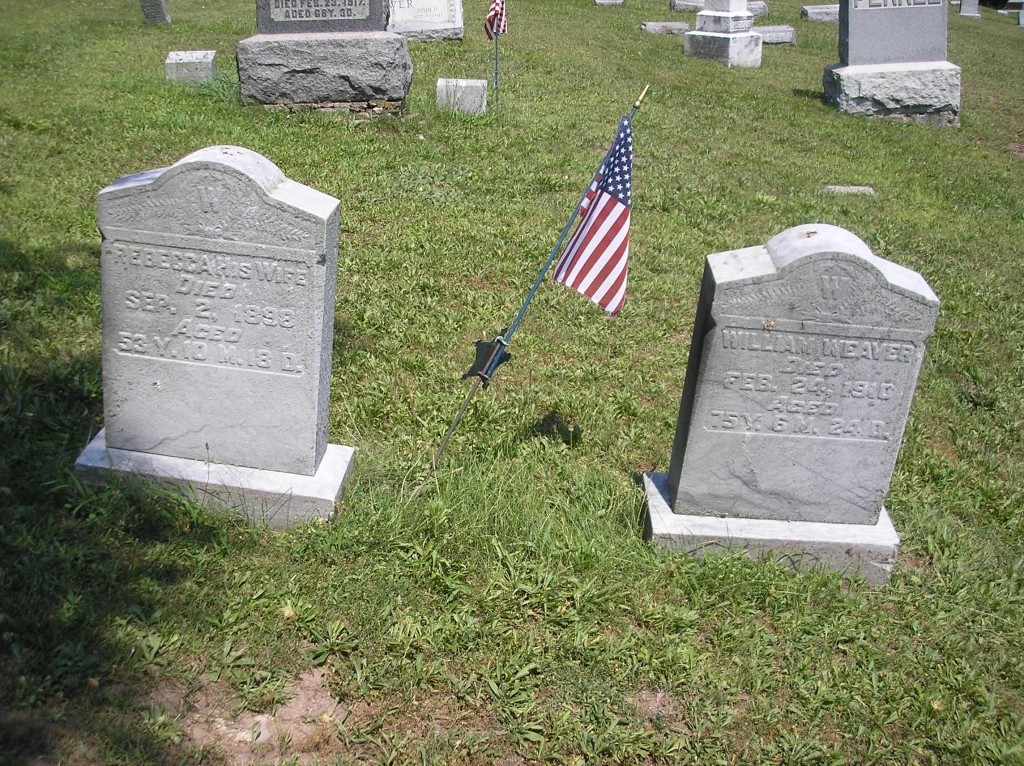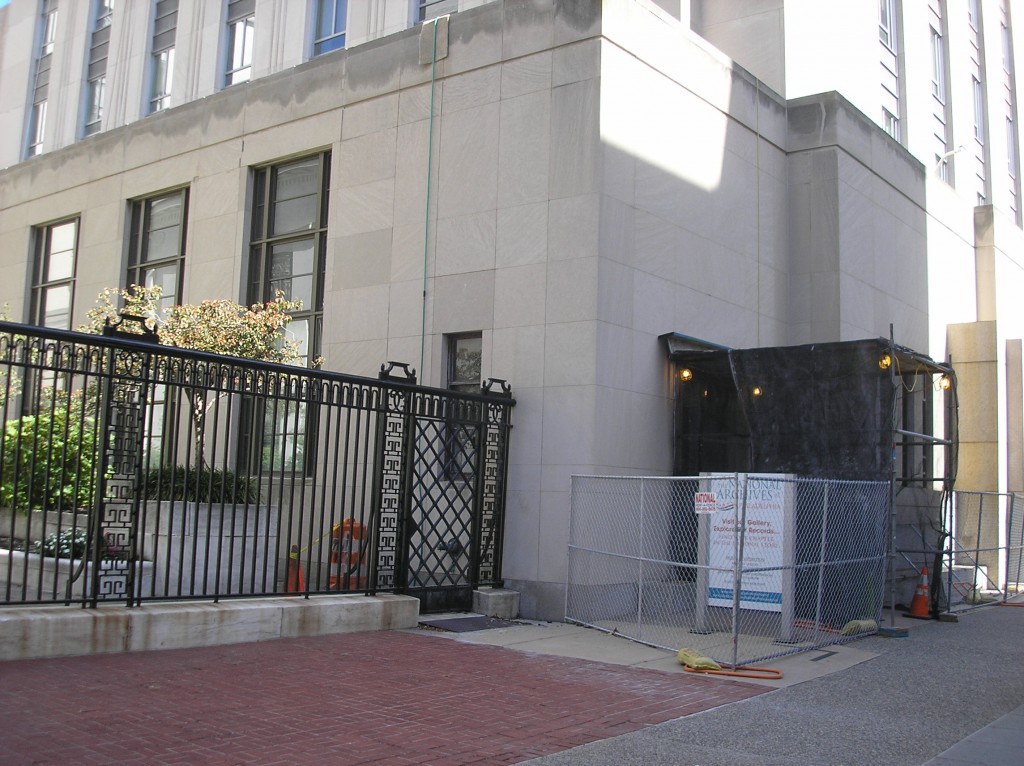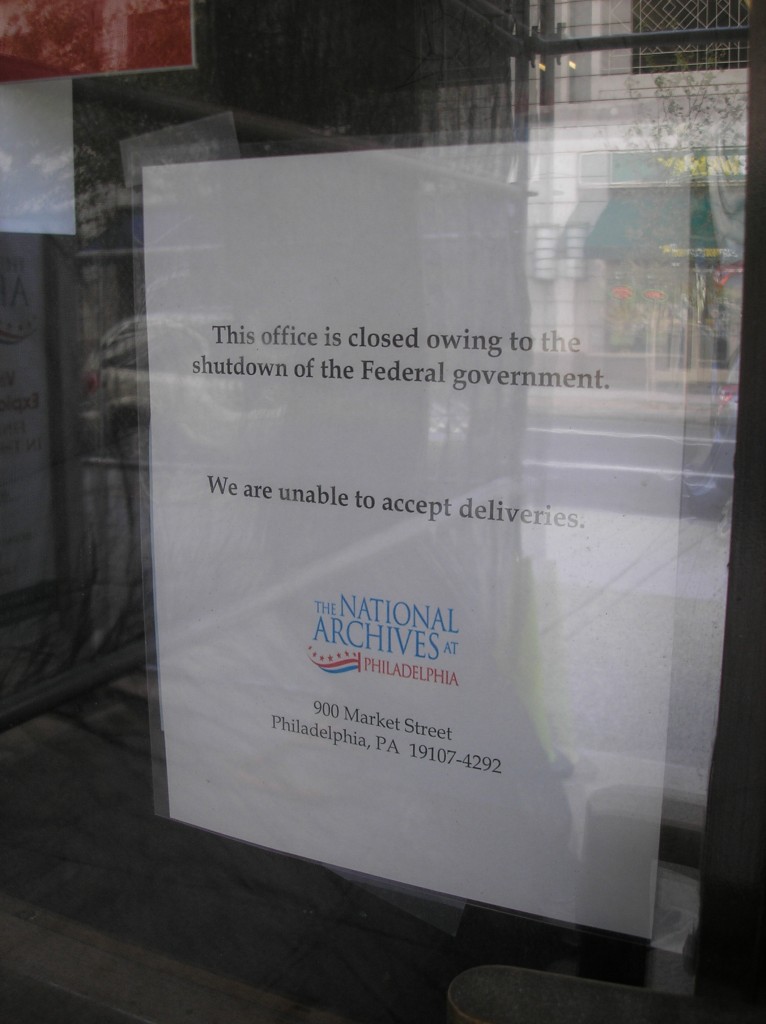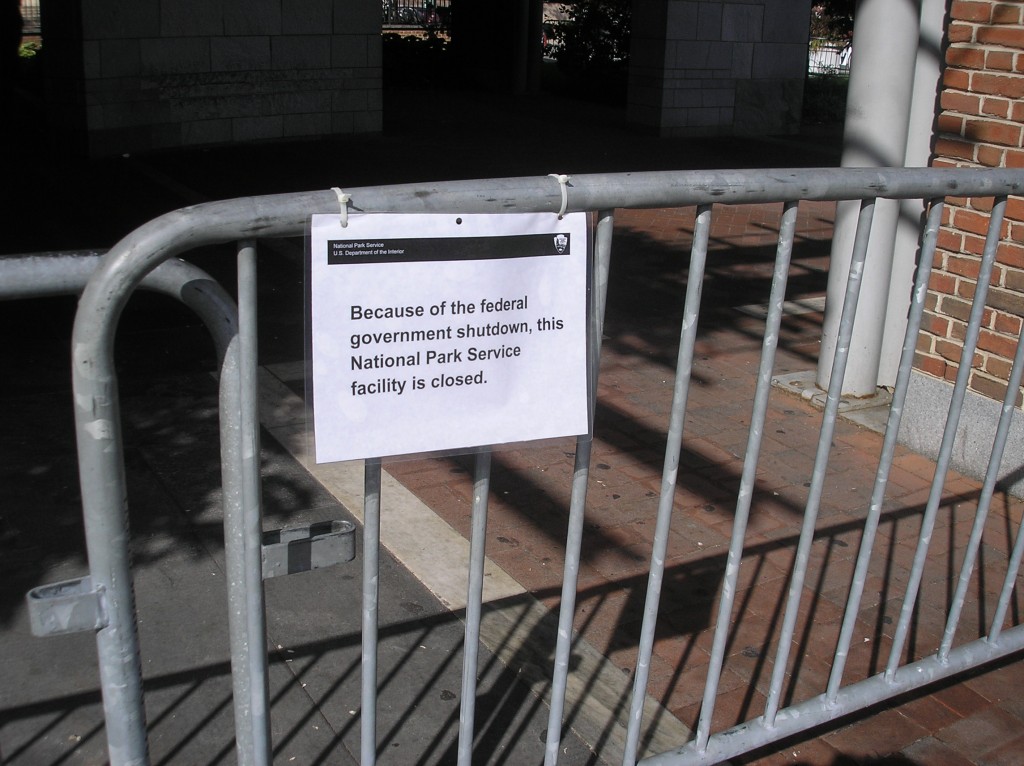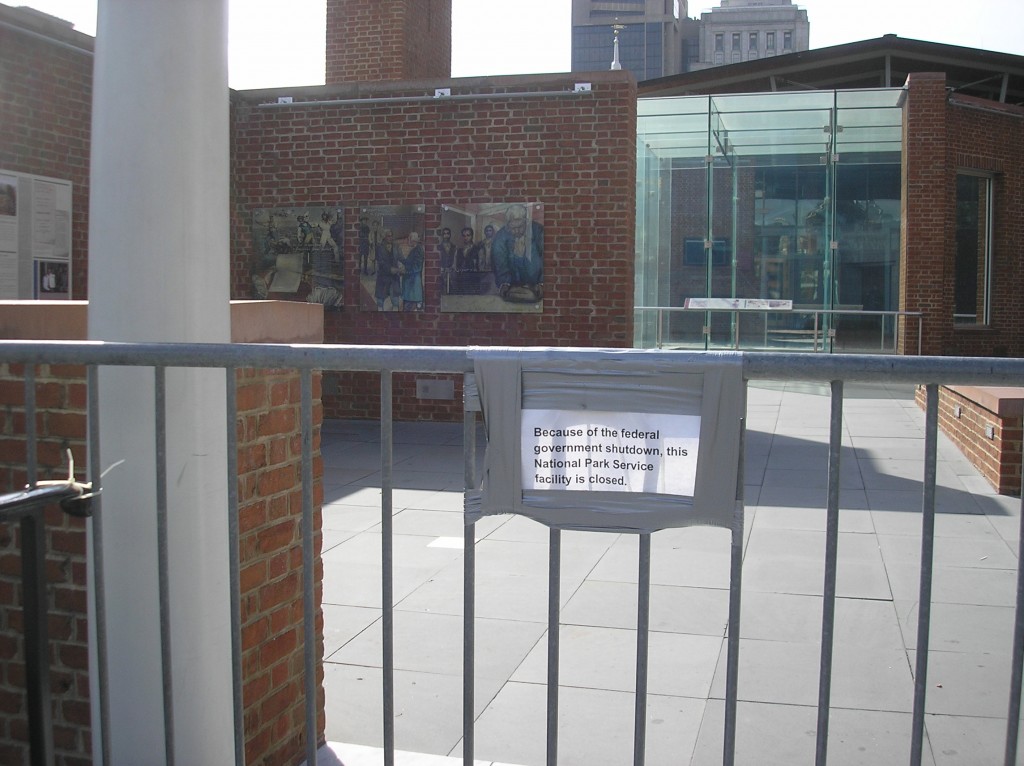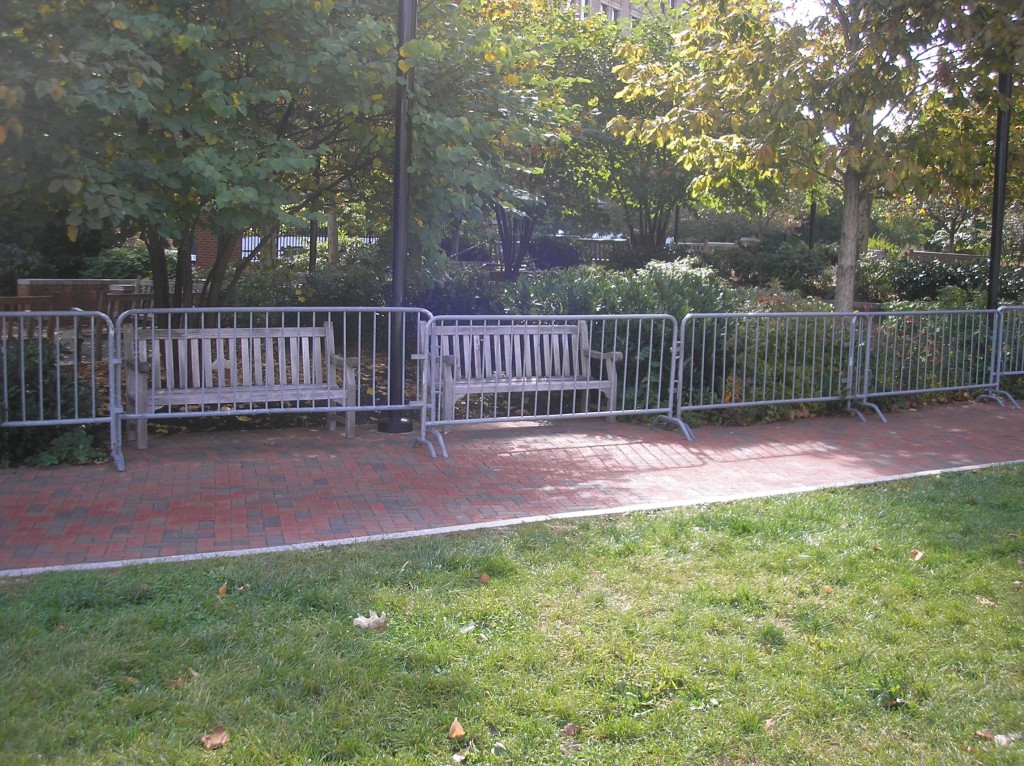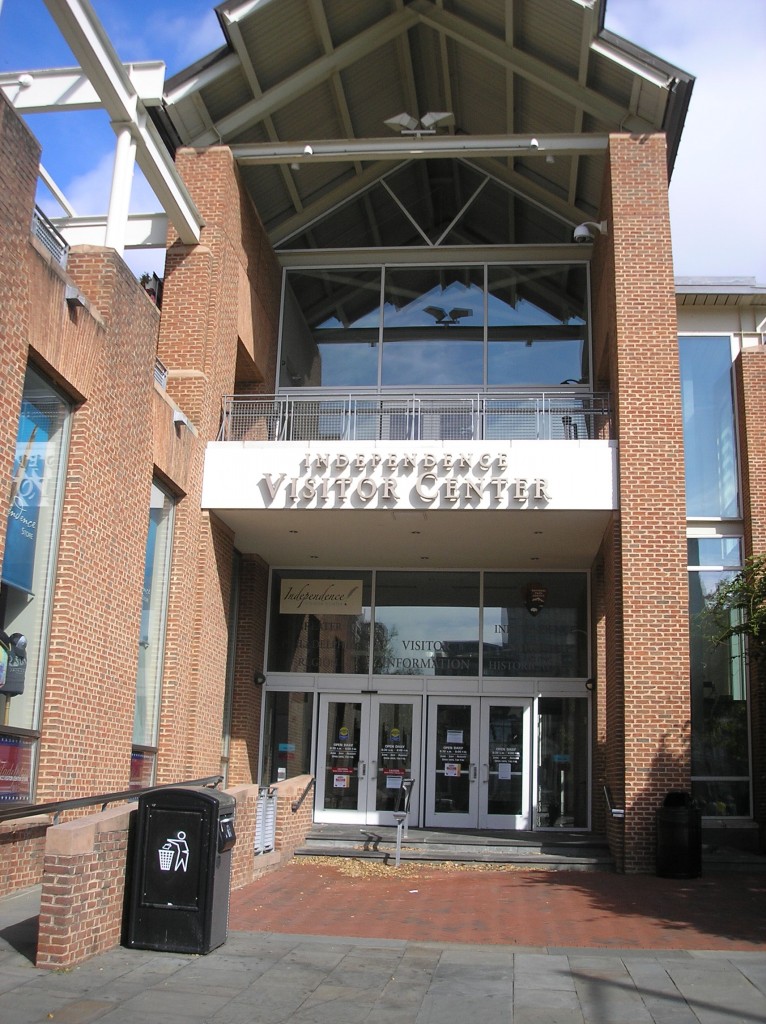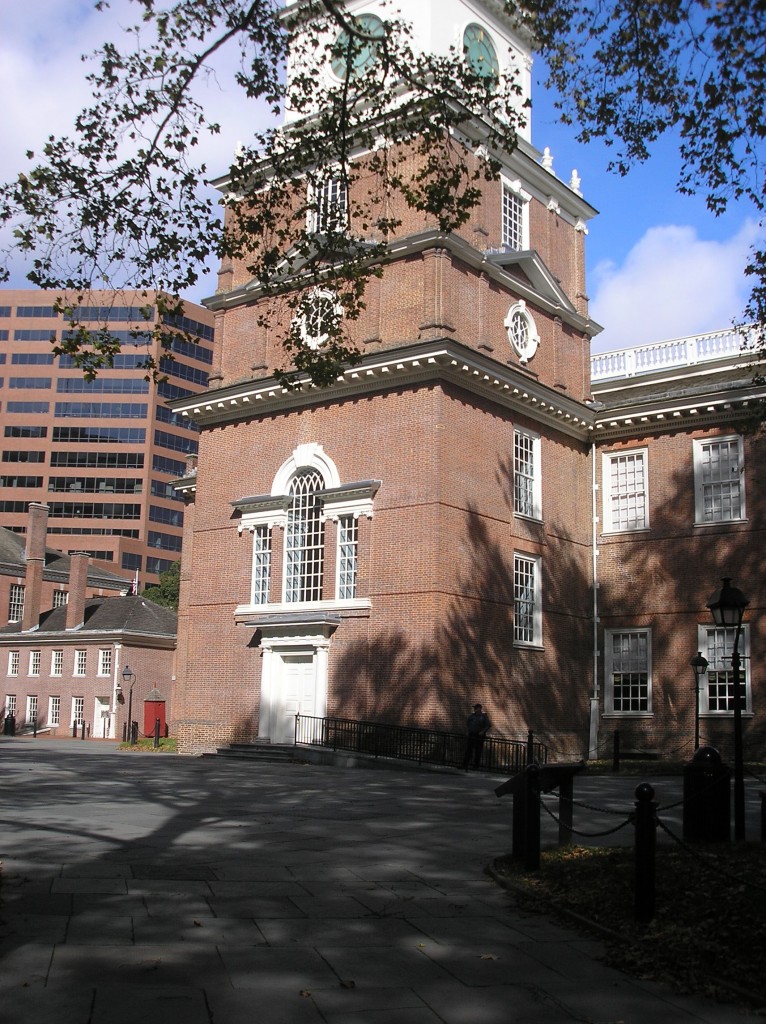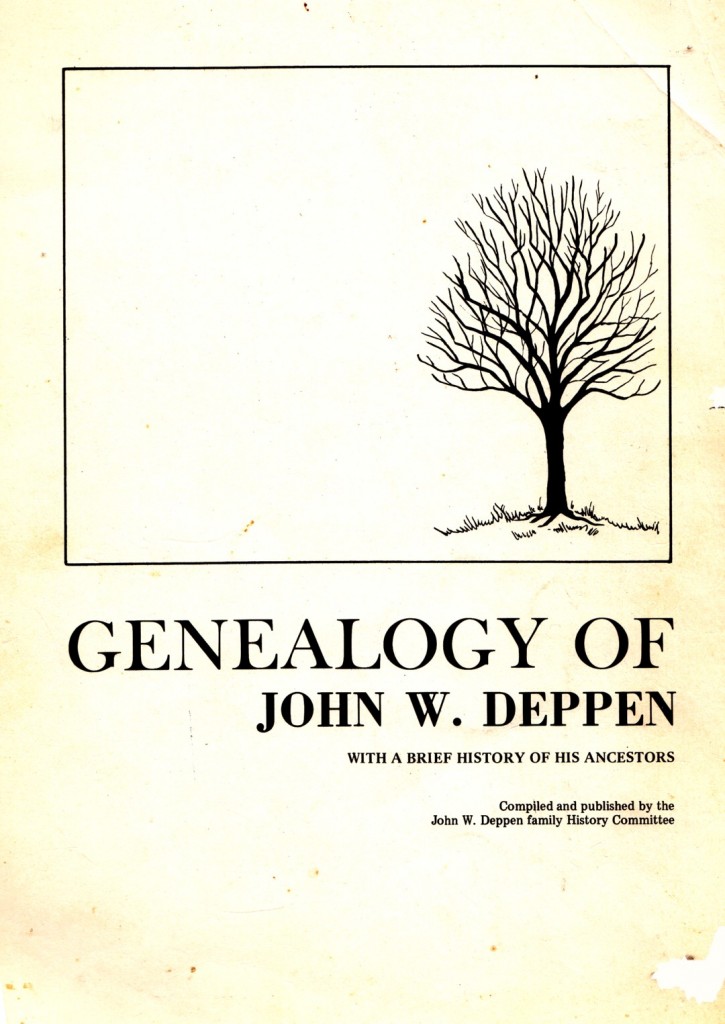Posted By Norman Gasbarro on October 18, 2013
Some additional information about Cornelius Martz has been located. Cornelius died young, at the age of 36, of a condition resulting from his service in the Civil War.
The obituary of Cornelius C. Martz was located in the Millersburg Herald, 30 December 1881:
Cornelius Martz
Cornelius Martz, son of Charles Martz, died on Monday of consumption. He was a soldier of the late war, having served in the 9th Pennsylvania Cavalry. He received the germs for his disease while in the army. He leaves a wife and three children, and will be interred in the Oak Hill Cemetery.
Cornelius was married to the former Mary Buffington, at Pillow, Dauphin County, in 1866. The three children who survived him were Minnie Martz (1869-1956), Laura Martz (1871-1944), and Roscoe L. Martz (1878-1965). At this time, it is not known how Mary Buffington connects with the pioneer Buffingtons who settled in the Lykens Valley at the time of the American Revolution and who trace their ancestry to the immigrant Richard Buffington.
According to the Pennsylvania Veterans’ Index Card File, available from the Pennsylvania Archives, Cornelius Martz was a shoemaker at the time of enlistment in the 9th Pennsylvania Cavalry, Company B, as a Private. The 5’6″ Martz was 19 years old, had dark hair and eyes and a ruddy complexion. He served from 27 May 1864 until his honorable discharge on 18 July 1865. Cornelius also served in the 26th Pennsylvania Infantry (Emergency of 1863), Company K, as a Private, from 18 June 1863 to 30 July 1863, although that fact is not noted in his obituary or in the pension application file. This emergency service in the militia sometimes was not counted by veterans, but nevertheless there is significant proof in the documents of other veterans that it was included in their accumulated war record.
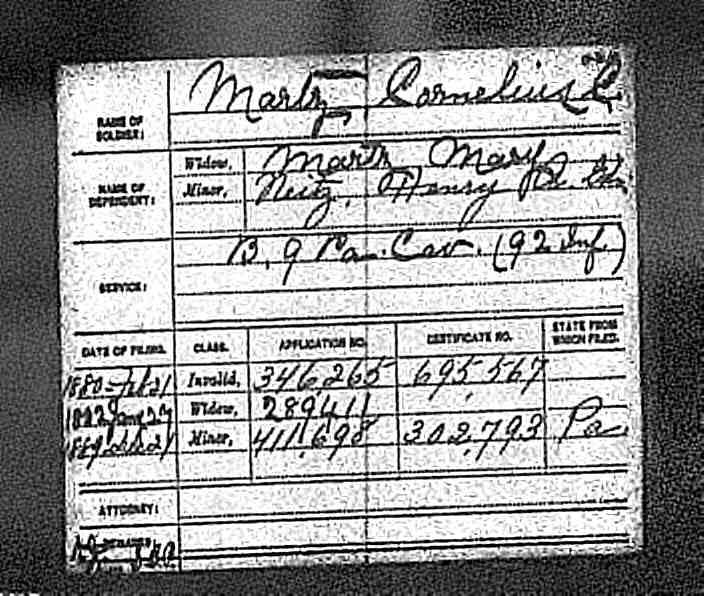
In the files of theGratz Historical Society are copies of papers from the widow’s/minor’s pension application file. The Pension Index Card (shown above), from Ancestry.com, indicates that the minor children of Cornelius Martz were supported by a government pension, but that Mary [Buffington] Martz did not receive a widow’s pension, although she applied. Other records indicate that Mary [Buffington] Martz died in 1889, before her application was completely processed and all appeals on denial had been exhausted. Harry Neitz is named on the Pension Index Card as the guardian for the surviving children. Minnie Martz made an appeal to an initial pension denial which was based on the Pension Bureau’s contention that the death of Cornelius Martz could not be linked to his service in the army. The Gratz Historical Society has copies of the overturning of the initial pension rejection which contain testimony from comrades of Cornelius Martz who verified that he was sick from lung disease while in the service. The result of the overturning of the initial decision was that Minnie Martz received pension benefits for the period from her father’s death to the date of her majority – benefits which she was denied when she was a minor. The complete pension application files are available at the National Archives in Washington, D.C.

Pension application file. Click on document to enlarge.
The “germs for his disease”, referred to in the obituary (above, near top) were noted in the pension application, which states “from exposure while with Gen. W. T. Sherman in march to the sea contracted severe cold, resulting in consumption which continued until his death which occurred at Millersburg, Pennsylvania.”
In recognition of his service in the Civil War, Cornelius Martz is honored on two Lykens Valley soldier monuments:
1) Millersburg Civil War Soldier Monument.

2) Lykens G.A.R. Monument.

Cornelius Martz is named on the section of the Lykens Monument that recognizes the service of men who were not members of the Heilner Post of the G.A.R.
Cornelius is buried in the Oak Hill Cemetery in Millersburg.
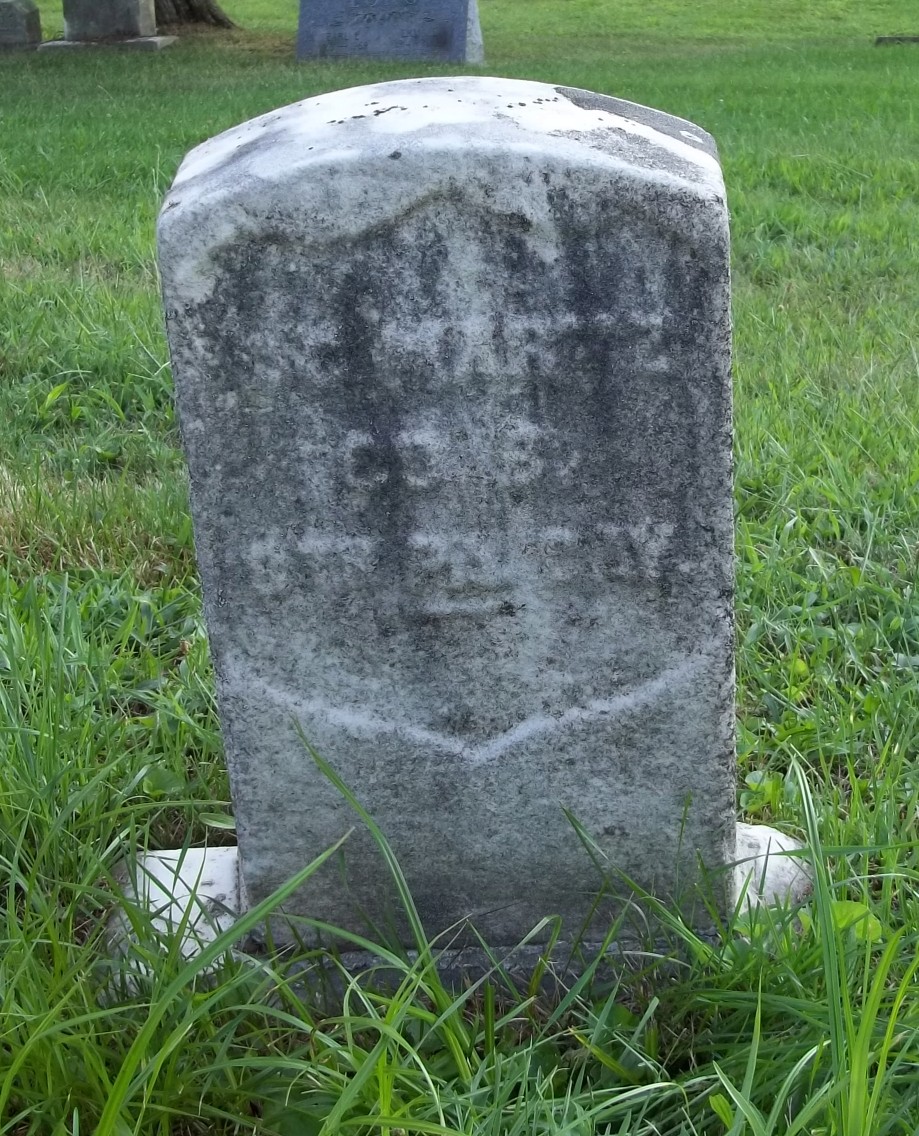
His grave marker was “government issue” and the application for the stone was made by his family and can be found in the database “Headstones Provided for Deceased Union Civil War Veterans, available on Ancestry.com.
A brief biographical sketch of Cornelius Martz can be found on Findagrave.
No picture has yet been located of Cornelius Martz, although theGratz Historical Society possesses two different pictures of his daughter Minnie who made the successful appeal of the initial denial of pension benefits she believed she was entitled to as a result of her father’s death.
——————————
The transcription of the obituary of Cornelius Martz is from the files of the Gratz Historical Society.
Category: Research, Resources, Stories |
Comments Off on Cornelius Martz – Died of Consumption – Honored on Lykens and Millersburg Monuments
Tags: G.A.R., Lykens Borough, Millersburg, Pillow
 ;
;
